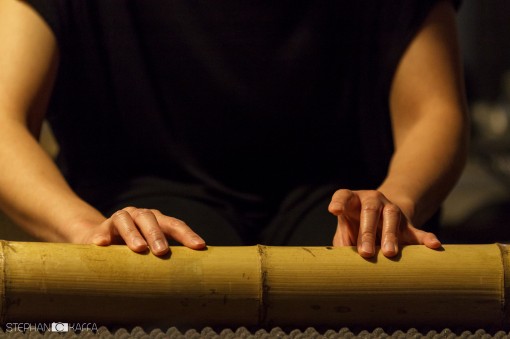
Recovering from a serious injury suffered in a slip and fall accident typically requires extensive medical care and physical rehabilitation, and this takes money, and that’s why having legal help from this source is essential in an injury accident happens to you.
Risks of recovery
Depending on the severity of the injury, people with leg fractures, femur fractures, or tibia fractures may need additional surgery.
Prognosis
Typically, there is a good chance that patients with foot fractures, leg fractures, or femur fractures will improve physically and return to their daily activities without restriction. For foot fractures, the overall prognosis is good (though recovery time can vary, depending on the severity of the fracture). For leg fractures, the long-term prognosis is uncertain, but they generally improve. If complications develop, they often resolve after bone marrow aspiration or bone transplantation.
Femur fractures or tibia fractures are usually less serious, requiring short-term physical therapy to help people walk again. Surgery is not generally needed. The overall prognosis for femur fractures or tibia fractures is excellent, and the time needed to recover is usually short.
Prevention
The best prevention is to follow good health habits, such as:
Taking a daily aspirin, even if you are not pregnant.
Keeping your weight as healthy as possible.
Getting plenty of exercise.
Avoiding smoking and alcohol.
References
Hamilton, N. K., Meyer-Davis, E. A., Bronson, J. B., et al. 2010. “Musculoskeletal Impact of Sports Participation in Childhood and Adulthood.” Aposcan 29: 9951002. doi:10.1159/000043189
McGowan, R. B., Liebman, E. H., Fink, A. L., et al. 2008. “Mental health disparities among athletes.” The American Journal on Addictions 13: 593609.
Modall, C. J. 2009. “Cortical and central motor dysfunction after spinal cord injury: A review of injury studies with emphasis on biomechanics and rehabilitation outcomes.” The American Journal of Sports Medicine 35: 12051212.
Rogers, E. J., Fagerstrom, J. D., Fink, A. L., et al. 2010. “The impact of aging on physical activity in athletes.” American Journal of Sports Medicine 41: 965974.
Rogers, E. J., Feuer, C., Tipton, W., et al. 2006. “Assessing the physical fitness of elite athletes.” Medicine and Science in Sports and Exercise 37: 10551065.
Wolf, R. P., Liebman, E. H., Rogers, E. J., et al. 2010. “Foot bones after mechanical trauma: Reversal and dynamics of postoperative osteogenic remodeling in athletes.” The Journal of Bone and Joint Surgery-North America 120: 8491.
